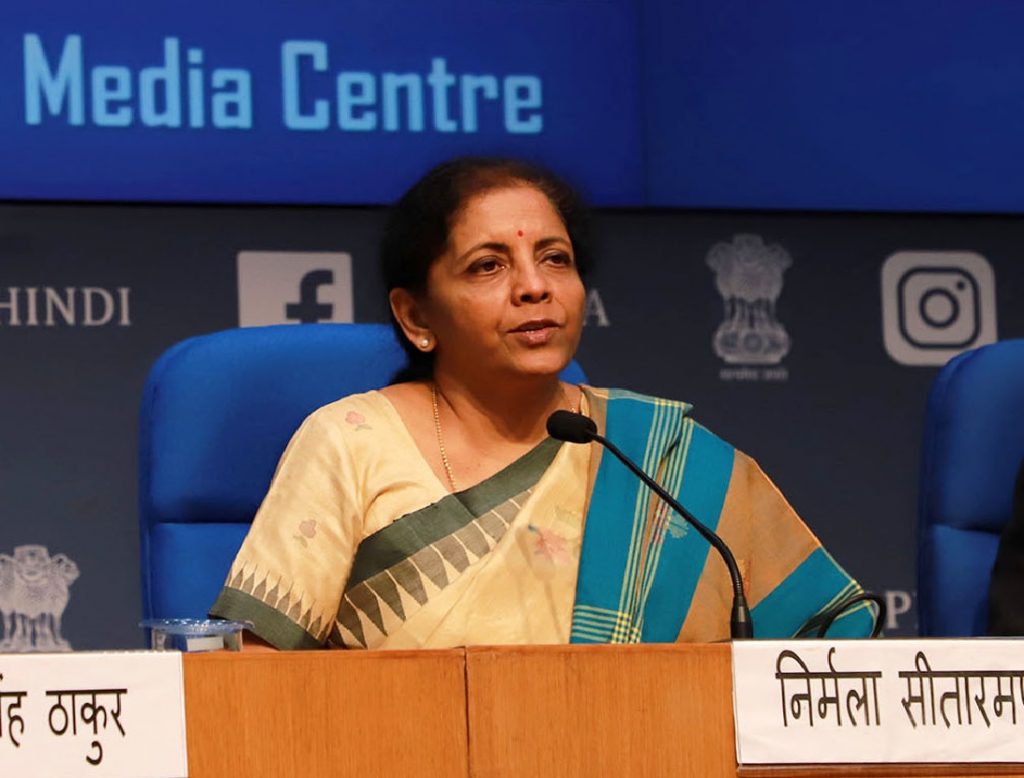Naliniprava Tripathy, Sushant Sant & Ayush Dharnidharka
The service sector in India has the potential for enormous growth and the competency to provide highly quality jobs that lead to revenue generation for the economy. The service sector contributed 54.17% of India’s gross value added at current prices in 2018-19. Although the service sector is a significant contributor to GDP, it employs only 20% of the workforce in the country.
The service sector is heterogeneous, comprising a wide range of activities. At its most fundamental level, the service sector is divided into two broad categories such as traditional and modern services. Traditional services provide ancillary support such as security services, transportation to the manufacturing sector. The modern services change the way conventional services are delivered – this comprise fintech, insuretech, logitech and others. With the onset of Industry 4.0, the demand preference has changed and is continuously evolving towards innovative service solutions involving new-age technologies such as robotics, artificial intelligence, internet of things, bionic, 3D printing and biotechnology.
Reviving Consumption – An urgent need
The biggest challenge for the economy is the declining consumption that fell from 7.2% in the quarter ended March 2019 to 3.1% in the next quarter. Consumption and private investment are the two most important drivers of India’s economic growth. Private investments have been shrinking since 2013, and consumption was driving the growth. However, private consumption in the Indian economy started shrinking lately, causing a drop in the GDP growth rate to 5%. Therefore, the government has to first focus on reviving the consumption cycle. It has already taken specific steps to do the same by slashing the income-tax rates on domestic companies, withdrawal of higher surcharge for non-corporates, withdrawal of ‘angel tax’ for certain start-ups. Having said this, the following steps should be taken to revive demand in the economy.
READ: Budget 2020: Policy prescriptions for $5 trillion and beyond
• Government must take steps to leave more disposable income in the hands of individuals to increase spending in the economy.
• Commercial banks must be prodded to transmit the cuts in the repo and reverse repo rates to boost consumption. Only 1.1% of the 2.6% cut has been passed on to consumers.
• Raise minimum wages in rural as well as urban areas
• Rationalise GST rates for service sector industries.
Steps to revive the service sector
• For IT & ITeS industries, digital transformation is the next frontier that will drive growth in the future. Digital transformation is taking place across industries, which is the driving force for the IT industry. Growing internet penetration and smart devices, along with the emergence of new technologies have reduced the cost of internet. All these create a conducive environment of prosperity in terms of robust data protection regulations and setting up dedicated centres of excellence (either in isolation or in partnership) will boost the chances to spearhead the next era of digital growth. The government has already implemented technologies in departments such as direct and indirect taxes, but the scope of these services is enormous, and hence, implementation of these technology-enabled services would reduce the cost substantially across all the government departments and simultaneously growing demand for indigenous digital services.
READ: India drag on global economy, says IMF
• The banking and financial services is one of the fast-growing sectors and has become integrated with players such as NBFCs, banks, HFCs and mutual funds. Currently, the sector is going through a challenging phase due to liquidity crunch and growing NPAs. In this context, the RBI should work out further credit lines to provide sufficient liquidity in the market through banks and NBFCs. To attract foreign investment, FDI norms should be relaxed, especially in asset reconstruction companies, where 100% foreign portfolio investments should be allowed in the securities receipts issued by them.
• India has a vast geographical advantage with the varying landscape of mountains, valleys, beaches, alleys, and dessert, all empowering it to unleash the benefit of tourism. Some of the measures taken have the potential to kick-start this high-powered engine of growth to contribute significantly to the overall service sector. These include setting up of dedicated tourism organisations covering major tourism hubs to attract people from across the globe. This can be implemented by widening of CSR fund utilization through a non-profit, governmental organization.
• Healthcare is another sector that has a peripheral expansion ability up grow into a Rs 8.6 trillion industry by 2022. India has an edge over other nations because of its cost competitiveness that can make it a leading destination for high-end diagnostic services. This potential has not been utilised to the fullest and needs to be geared up. This can be done by improving the accessibility to service and bringing in transparency. There is a need to start air medical services at the earliest and offer medical visas on arrival for foreigners. The government should also start accreditation of AYUSH practitioners. It can establish Ayurveda hubs in various parts of the country, positioning itself as the only one of its kind.
The slowing service sector, which is the largest contributor to the GDP, needs a holistic approach. The policymakers should focus on reviving consumption as a broad-based measure. To achieve the $5 trillion target by 2025, India needs to focus on the services and devise a long-term plan for each of the industries with sector-specific structural reforms, fiscal stimulus and tax rationalisation.
(Dr Naliniprava Tripathy teaches finance at Indian Institute of Management, Shillong. Sushant Sant and Ayush Dharnidharka are final year students at IIM.)

